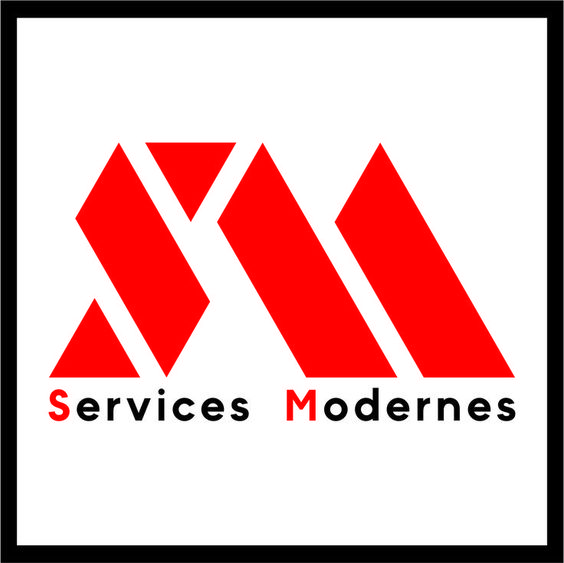Management software is becoming more popular and are changing the way companies operate. With the capability to supervise tasks from any Boardroom Dynamics place in the world, it’s simpler than ever for teams to stay on track with projects and goals. Management software can also offer a big-picture perspective of the company and increase transparency, allowing employees to know what their colleagues are up to and how they’re doing.
Companies must keep up with the ever-changing technology landscape to stay competitive, but being rushed to implement new software features can lead to unpredictable budgets and a lack of stability in the IT infrastructure. Management strategies for applications help businesses find a balance between innovation and ensuring that software is deployed for the right amount of time to allow resources to be devoted to more pressing IT initiatives.
Application management covers all processes and functions that aid an organization’s applications. This may include identifying the functional requirements, preparing and deploying applications, offering maintenance and support and much more.
Efficient application management practices put the user at the center, which helps to ensure that applications are a valuable asset instead of a hinderance. These strategies include developing more effective educational programs for users, soliciting feedback on applications that are already in use, and creating more efficient workflows to address issues that arise.
The most efficient work management apps provide a variety of options, such as an integrated time tracking system, an automatic alert for time logging and capacity planning, and many more. Toggl Asana and Hive are two of the most popular choices. These tools are compatible with Slack and Google Calendar. They also offer desktop widgets and mobile apps that are synchronized in real-time.

